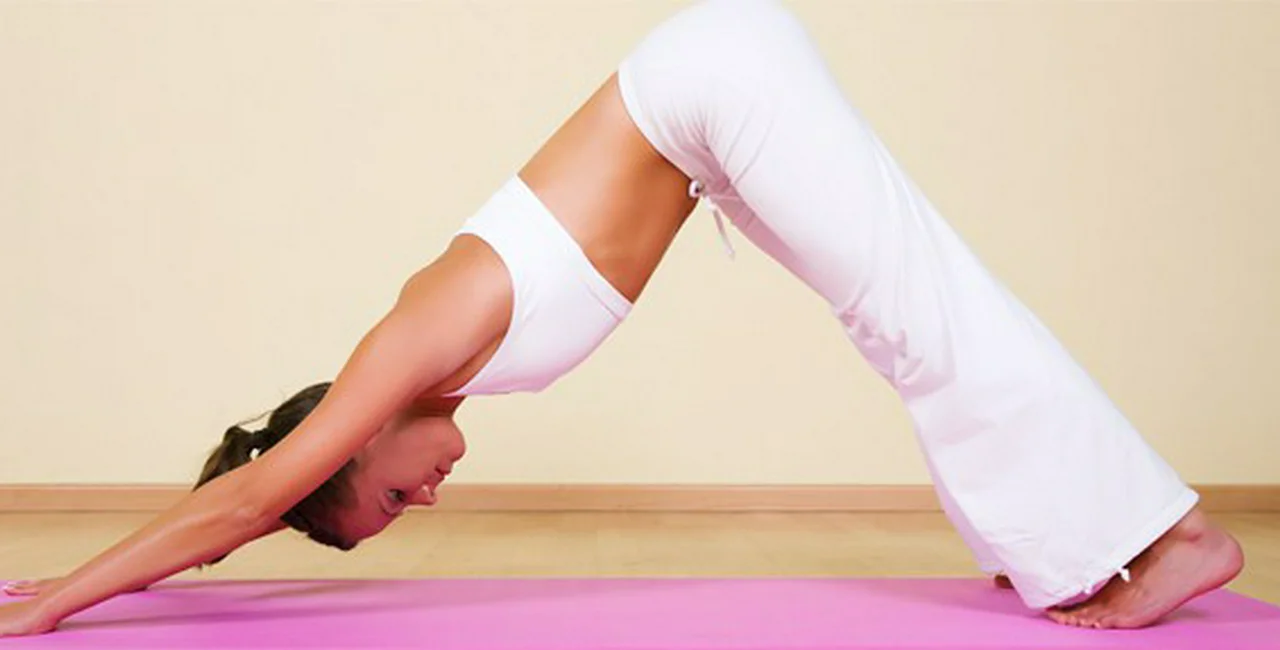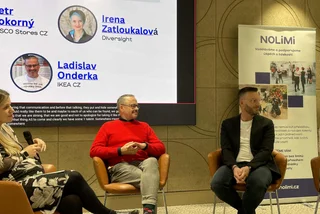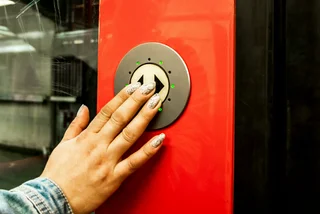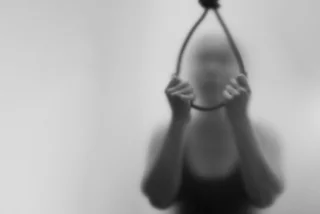I recognized my strengths at an early age, and putting my leg behind my head just wasn’t one of them. Maybe that’s why I’ve never been drawn to yoga, since I like to do things I’m good at. But even I’m not oblivious to the increasingly large number of women who tote their yoga mat around the city like a badge of hipness.
Yoga-skeptic though I was, I wanted to get to the bottom of this mysterious phenomenon, and see if it could help me with my current fix: getting rid of the marsupial-like baby pouch acquired from recent childbirth.
I enlisted the help of friend and yoga instructor, Romana Vančáková, asking her point blank, “What’s so great about yoga?”
She answered equally as frank, “It gives me joy, formed my body, and brings calmness into my life.”
Who doesn’t want that? Of course we’ve all heard about the mental and physical health benefits of yoga, but I just didn’t think I had the right body type for it. I explained to her that my hamstrings are more ham-y than stringy, but she swore that flexibility isn’t a prerequisite for practicing yoga. “Anybody can do it,” she asserted. “Inner motivation is the key.”
I was now convinced to give it a try, but of the gazillion (unpronounceable) types available in Prague, which one was right for me—Ashtanga vinyasa, Hatha, Iyengar…? Note to self: first step to yoga = tongue stretching.
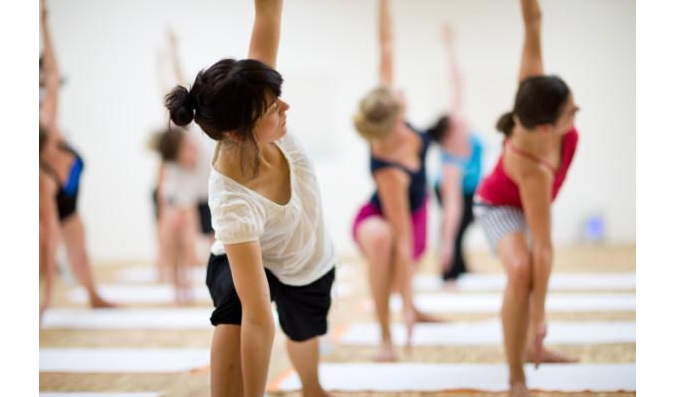
If you’re a beginner, Romana advised starting with Hatha Yoga, which is milder than other types. In the West, Hatha has become synonymous with the term yoga.
Iyengar Yoga is also recommended for beginners, in addition to the elderly and people with injuries. Based on Hatha sequences and postures, Iyengar utilizes props, such as wooden blocks and stretchy bands, to literally give students an “extra hand” in attaining correct positioning.
For the more athletically inclined, Ashtanga vinyasa is one of the most challenging types. It’s aerobic and will make you sweat. Poses are predetermined and are based on a set of six series, starting with the Primary Series and advancing to more difficult sequences. Power Yoga and vinyasa flow are derivations of this school.
Kundalini Yoga is more spiritual in nature, and is nicknamed “the yoga of awareness.” A spiritual awakening can be attained by releasing the kundalini energy found in the base of your spine. In addition to its physical challenges, Kundalini Yoga places emphasis on breathing and meditation.
If you don’t get enough sweat and stink on the public transport, then Bikram Yoga or “hot yoga” might be the one for you. In a room heated to 40.6 degrees Celsius, students follow a set sequence of 26 postures, said to improve strength, flexibility and blood circulation. Profuse sweating ensues. I wonder if all yoga is considered “Bikram” in the balmy motherland, India.
Perhaps yoga strikes you as too solitary an endeavor. Proponents of Partner Yoga claim it puts your relationships into balance through joint maneuvers. The positions are G-rated (unlike tantric yoga), and are appropriate for familiar and platonic partners as well as intimate ones.
Other interesting offers include prenatal classes, which focus on strengthening pelvic muscles and alleviating common pregnancy aches and pains through safe stretching. In a similar vein, babies and mothers classes provide a unique bonding experience with your baby as you work on your postpartum shaping-up.
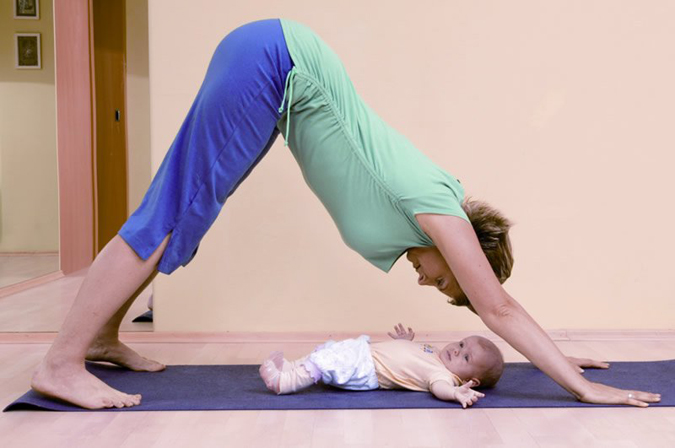
Another popular choice (and clever marketing strategy) is lunch yoga, targeted at nine to five desk-sitters who would like some exercise over the lunch hour. I wonder if beer garden yoga is next.
Luckily, there are many English-friendly studios in Prague (the cynic in me suspects it’s because they can extract a much higher fee), although Romana reminded me that the most important thing is the teacher and the class size, not the studio. An attentive teacher adapts poses for all skill levels, and a smaller class size guarantees more individual attention. Most serious yogis latch onto their teacher as a mentor for life, so it’s best to try several before you choose.
Back in my more ignorant days, yoga evoked images of orange robe clad men stretching and chanting as the odor of patchouli swirled about for visual and olfactory effect. Now I know it’s quite a modern affair—perhaps a bit too modern. Like most things Eastern, we shape and bend it to fit our Western whims. We occidentals tend to focus on the physical rather than the spiritual aspect of yoga, condensing it to fit our busy schedules. In a 60-minute session, there isn’t even enough time to hold the asanas for the correct number of breaths.
Are we practicing a watered-down version of yoga? Does it matter? Personally, I’m not going to get my chi in a bunch over it. If yoga helps me get rid of leftover baby flab, then mums the word. What’s your twist on it?
English-friendly studios in Prague:
Ashtanga-vinyasa – Akasha, Karma Yoga, Yoga Space
Babies and Mamas – Karma Yoga, Wellness Yoga Studio
Bikram – Bikram Yoga, Yoga Centrum
Hatha – Karma Yoga, Wellness Yoga Studio, Yoga Joga, Yoga Space, Yoga Studio Prague
Iyengar – Milena Raková, Yoga Joga
Kundalini – Kundalini Yoga Center
Lunch – Akasha, Karma Yoga, Yoga Joga
Partner – Wellness Yoga Studio, Yoga Centrum
Prenatal – Akasha, Karma Yoga, Wellness Yoga Studio, Yoga Joga, Yoga Studio Prague
For a complete listing view the Expats directory.
Related articles











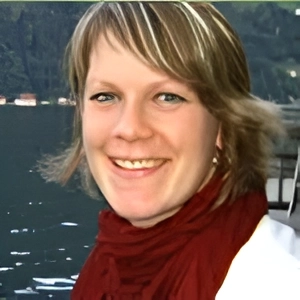
 Reading time: 4 minutes
Reading time: 4 minutes 